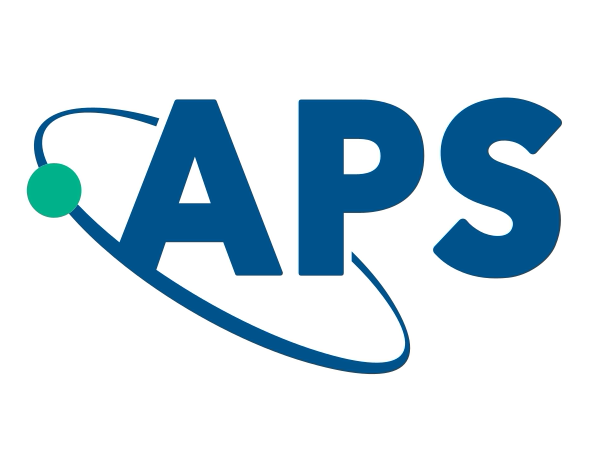A New Nonlinearity for Superconducting Circuits
Qubits based on superconducting circuits come in various forms, but one thing they have in common is their reliance on Josephson junctions, which give a circuit the nonlinearity necessary to generate qubit states. Simon Messelot from CNRS Grenoble, France, and his colleagues have now built a superconducting circuit whose nonlinear response differs from that of conventional Josephson-junction-based circuits [1]. The circuit design could lead to superconducting qubits with much longer coherence times.
A conventional Josephson junction is a short constriction or insulating section within a superconducting circuit. Current flows across the junction by quantum tunneling, and the magnitude of this current is related to the phase difference between the wave functions of the superconductor on either side of the junction. In traditional junctions, the current-phase relation (CPR) is nonlinear based on a sin( ) dependence. But in recent years, researchers have developed junctions based on semiconductors and two-dimensional materials whose CPR can include higher-order terms such as sin( ). Nevertheless, the behavior is typically dominated by the lowest order sin( ) term.
Messelot and colleagues fabricated a superconducting circuit incorporating three graphene-based Josephson junctions. These junctions were arranged to form two superconducting quantum interference devices (SQUIDs), which are circuits in which the junctions’ values are sensitive to magnetic fields. By applying a magnetic field and controlling the voltage across every junction, the team suppressed the sin( ) term in one of the SQUIDs, causing its CPR to be dominated by sin( ).
A superconducting circuit governed by sin( ) has a more complex energy landscape, with two energy minima. A qubit whose states are defined by these minima would be longer lived and easier to manipulate than a conventional superconducting qubit.
–Marric Stephens
Marric Stephens is a Corresponding Editor Physics Magazine based in Bristol, UK.
References
- S. Messelot et al., “Direct measurement of a sin() current phase relation in a graphene superconducting quantum interference device,” Phys. Rev. Lett. 133, 106001 (2024).



